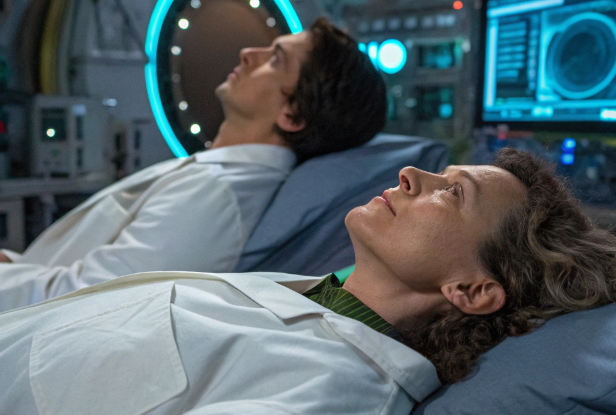Physicist’s Body Was So Radioactive Had to Be Buried in Lead-Lined Coffin
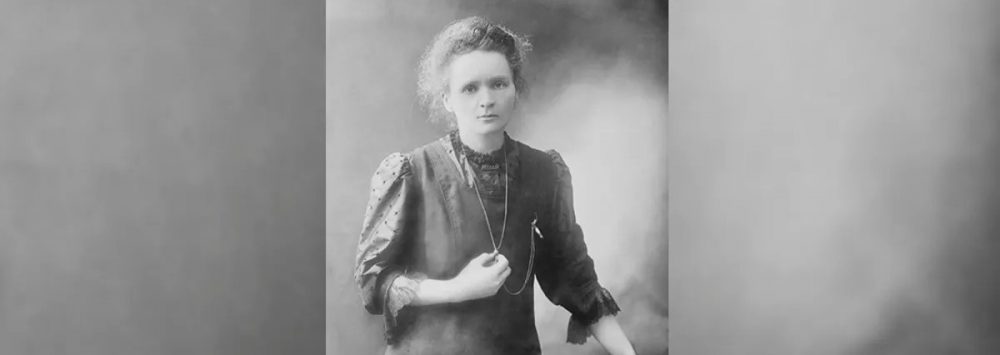
©️ Nobel foundation
Even in death, Marie Curie’s body held a secret: it remained radioactive, requiring a special lead-lined coffin for burial.
Marie Curie, a science hero, made groundbreaking discoveries about radioactivity that opened new doors. Sadly, her relentless pursuit of knowledge took a toll on her health, showing the invisible danger of radiation.
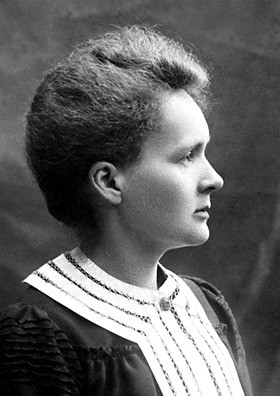
The Journey Behind the Physicist’s Radioactive Body
Marie Curie spent years tirelessly exploring the properties of uranium and the mysterious phenomenon it emitted – radioactivity.
Working alongside her husband Pierre Curie, they embarked on a journey of discovery, isolating new elements like polonium and radium. This groundbreaking work earned them the Nobel Prize in Physics in 1903, a testament to their groundbreaking discoveries.
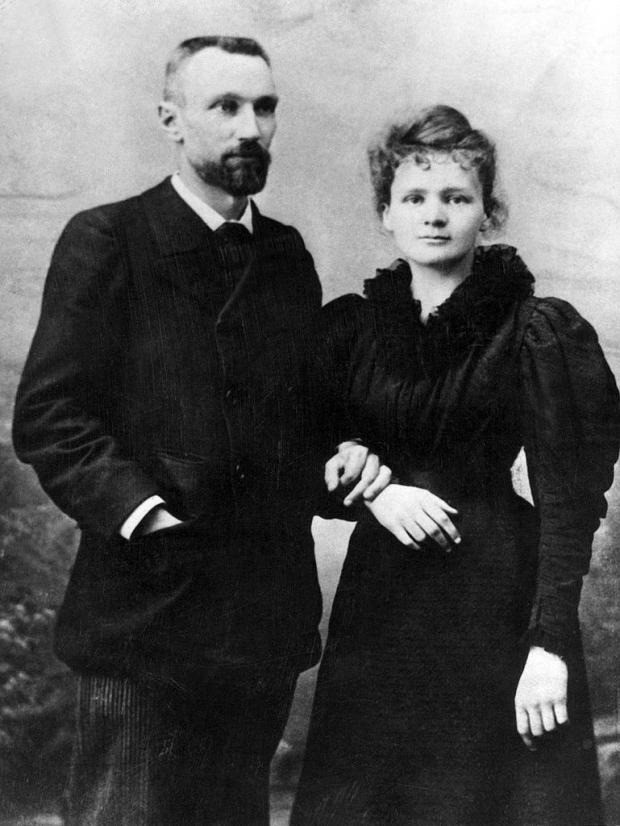
What Were the Dangers of Radiation?
However, lurking beneath the surface of these triumphs was a silent threat. Back then, the long-term effects of radiation exposure were poorly understood.
Curie and her colleagues often handled radioactive materials with little to no protection, unknowingly etching a radioactive signature onto their bodies.
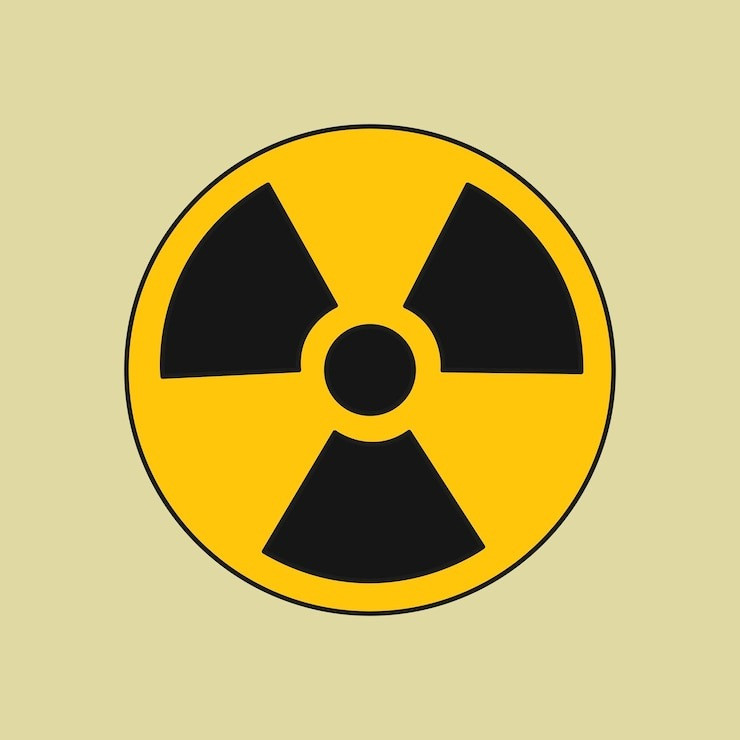
Years of scientific pursuit took their toll on Curie. Prolonged exposure to radioactive elements, particularly radium, gradually worsened her health. By the 1930s, the consequences became undeniable. Marie Curie, the woman who had illuminated the world with her discoveries, was herself succumbing to the insidious effects of radiation.
In 1934, she succumbed to aplastic anemia, a debilitating blood disorder believed to be directly linked to her chronic exposure.
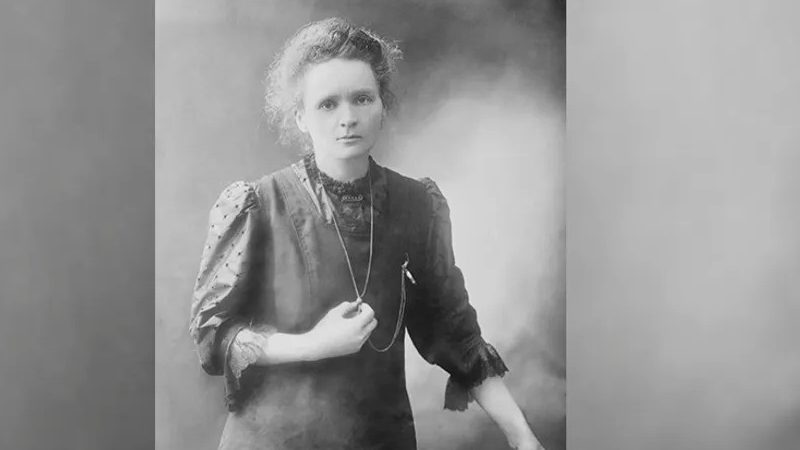
Why Curie Needed a Lead-Lined Coffin?
Even in death, Curie’s body remained a testament to the power of radiation. Due to its radioactive state, a special burial was necessary. Unlike other mourners, those laying Curie to rest wore protective clothing, and she was laid to rest in a lead-lined coffin.
It wasn’t until 1995 when her remains were exhumed for transfer to the Panthéon, a mausoleum honoring French heroes, that the world learned about the lead-lined coffin. The exhumation itself highlighted the continued presence of radioactivity. Special precautions were taken to ensure the safety of workers, revealing the long-lasting impact of Curie’s exposure.
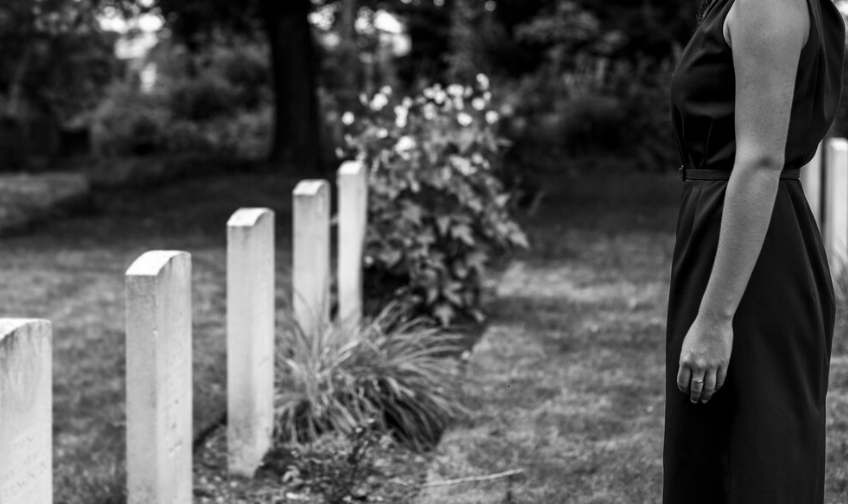
However, her belongings did not fare as well. Laboratory notebooks, furniture, and even cookbooks displayed significant levels of radiation, a chilling reminder of the everyday dangers she faced.
How Radiation Impacted Curie’s Body Radioactive to a Lead-Lined Coffin
The lead-lined coffin in which Curie lay for decades serves as a stark symbol of the scientific community’s awakening to the dangers of radiation. Today, scientists stand on the shoulders of giants like Marie Curie. Their work serves as a foundation for countless advancements in medicine, from cancer treatments and medical imaging to nuclear power.
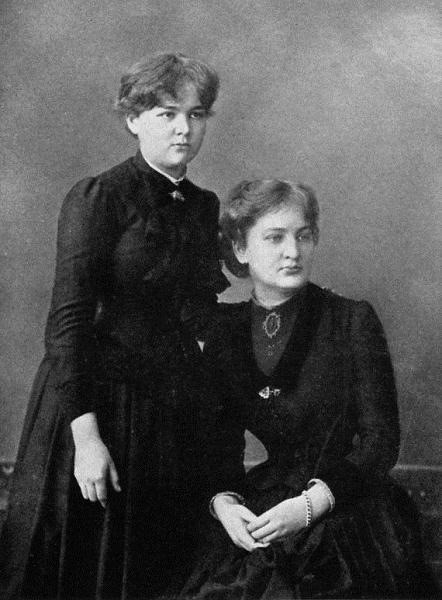
However, modern researchers have the advantage of a deeper understanding of radiation’s effects. This knowledge allows them to pursue groundbreaking discoveries while adhering to strict safety protocols, minimizing the risk of repeating the mistakes of the past.
While lead may have shielded her body, Marie Curie’s body remained radioactive even after death, necessitating a special lead-lined coffin for burial.
Her story reminds us that scientific advancements shouldn’t come at the expense of the researcher’s health, and that true progress involves both groundbreaking discoveries and a commitment to safety.
You might also like to read: These Are Some of the Most Influential Women in History

